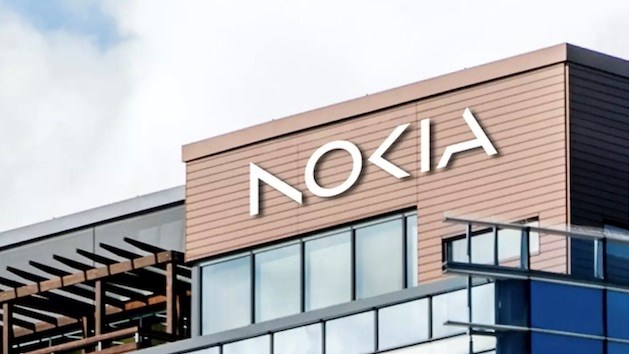
Source: Nokia
- Nokia has reported its second-quarter results
- Revenues are down by 18% year on year
- But there are signs that the second half of the year will see some improvements
Nokia continued to face hurdles in the second quarter, with an 18% year-on-year drop in revenues to €4.46bn and an 8% decrease in operating profit to €432m, but the vendor remains bullish that the second half of the year will deliver positives in terms of improved network infrastructure sales.
Reflecting on the results, Nokia CEO Pekka Lundmark explained that the company’s second-quarter revenues struggled to live up to last year’s strong results for the same period, which benefitted from a peak in 5G deployments in India.
Unsurprisingly, the ongoing overall market weakness also contributed to the vendor’s weaker performance. Similar pains were felt by its major rival Ericsson, which booked a 7% year-on-year decline in revenues to 59.8bn Swedish krona ($5.7bn) – see No let up in Ericsson’s annus horribilis.
Nokia’s Mobile Networks division took the biggest hit, with net sales declining 25% year on year to €1.97bn. According to Lundmark, even though “the market dynamic remains challenging as operators continue to be cautious”, the Finnish vendor has seen “significant customer tendering activity”, which has helped it to secure several deals so far this year, including with its new customer Meo (Altice’s brand in Portugal) and finalise negotiations with US telco giant AT&T for existing radio access network (RAN) contracts. “This gives us clarity on the path forward and ensures that we maintain the value agreed in the contracts,” Nokia’s chief stated.
In fact, the vendor's Mobile Networks unit benefitted from €150m thanks to a "contract resolution" with AT&T, which last year signed a massive deal with Ericsson for Open RAN developments.
The second worst performer in the second quarter was Nokia’s Cloud and Network Services division, which reported a 17% year-on-year decline in net sales to €615m. Despite this, Lundmark pointed to positive network-as-code collaborations with the likes of Orange, Telefónica and Turkcell, and highlighted the company’s “organic efforts to bring new API capabilities and orchestration automation to customers.”
Nokia Technologies, which generates revenues from the company’s patents portfolio, was the only part of Nokia’s business to report growth in the period, with revenues up 7% to €356m.
The vendor’s second-quarter earnings placed a special focus on its Network Infrastructure unit which, despite reporting a 11% year-on-year decrease in net sales to €1.52bn, appears to be the silver lining to Nokia’s cloudy skies. “I am pleased to confirm that the improving order intake momentum we’ve talked about for the past couple of quarters has continued in the second quarter across the group and most notably in Network Infrastructure. This trend means our backlog further expanded and we look forward to a meaningful improvement in net sales in the second half. Generally, the market remains uncertain, so we will continue to be agile and prudently manage our cost base as we navigate this environment,” Landmark noted.
Looking at the unit’s recent performance, the CEO highlighted a number of “important design wins”, alongside fibre deals including in the US, as well as receiving orders from a US distributor for both fixed and IP products, as part of supply goals within the US government’s BEAD programme.
“It is also notable that we returned to growth in North America, which was one of the first markets where we saw the 2023 market slowdown. With the challenges of 2023 behind us, and more normalised customer inventory levels, we believe we can now look forward to a stronger second half and a return to growth, which we expect to continue into 2025,” Landmark explained.
It is worth noting that Nokia’s Network Infrastructure division underwent significant changes last quarter, including the discontinuation of its submarine networks business and the beefing up of its presence in the optical networking market through an agreement to acquire Infinera for US$2.3bn.
Having “actioned” savings of €400m, of an overall target of between €800m and €1.2bn gross cost savings by 2026, Nokia’s full-year outlook remains unchanged and the vendor expects comparable operating profit of between €2.3bn and €2.9bn.
Landmark expressed confidence that the industry is stabilising. “While the dynamic is improving, the net sales recovery is happening somewhat later than we previously expected, impacting our business group net sales assumptions for 2024. Despite this, we remain solidly on track to achieve our full year outlook supported by our quick action on cost”, he stated.
- Yanitsa Boyadzhieva, Deputy Editor, TelecomTV
Email Newsletters
Sign up to receive TelecomTV's top news and videos, plus exclusive subscriber-only content direct to your inbox.




